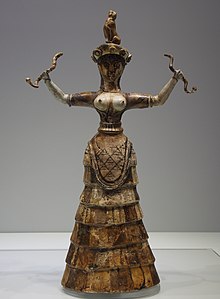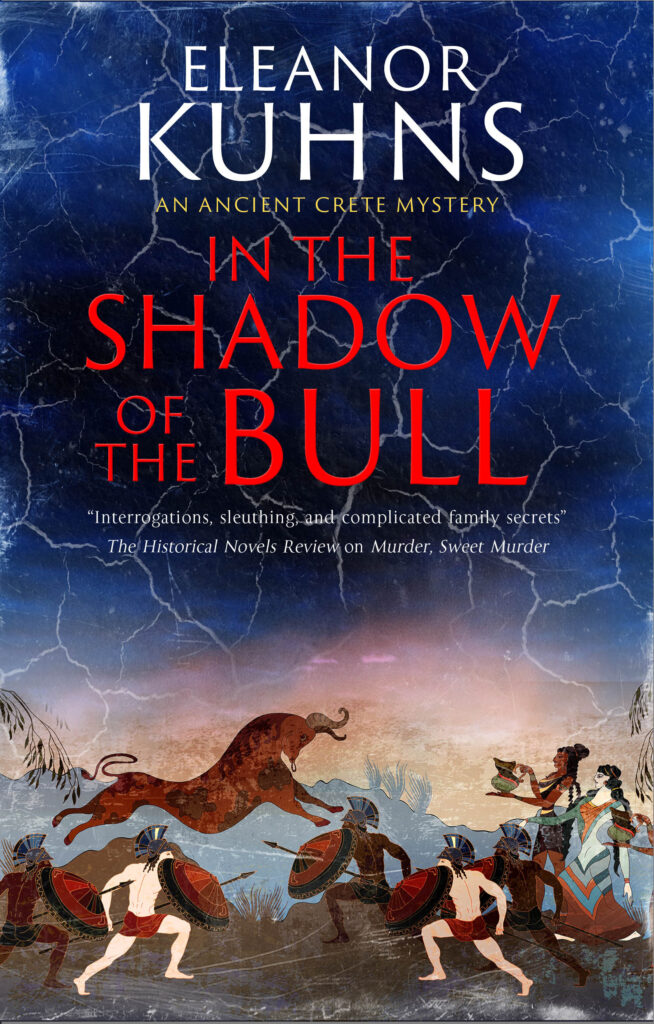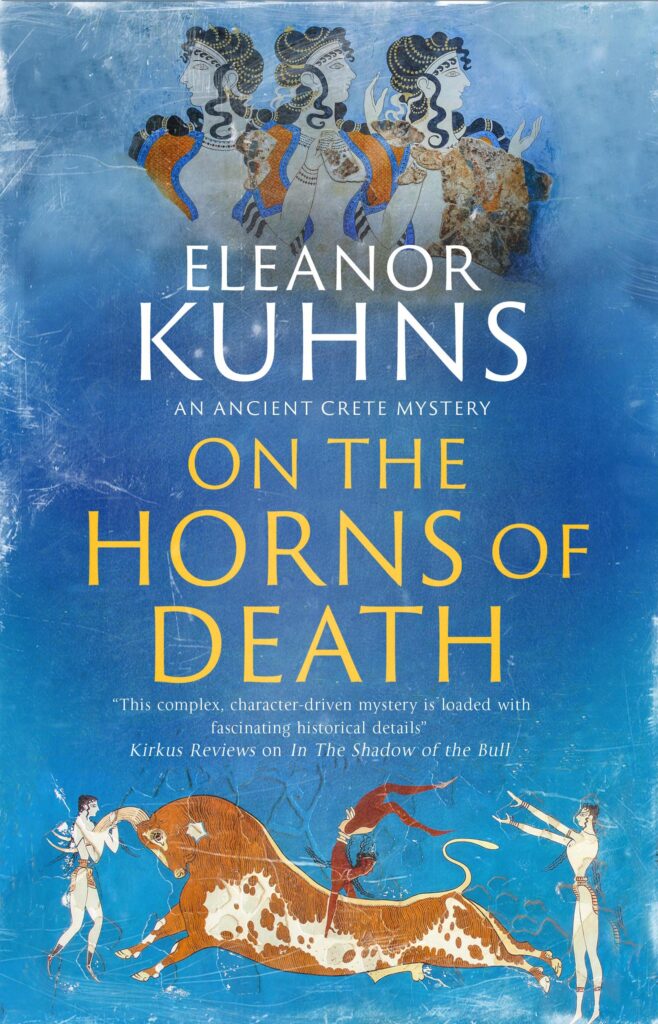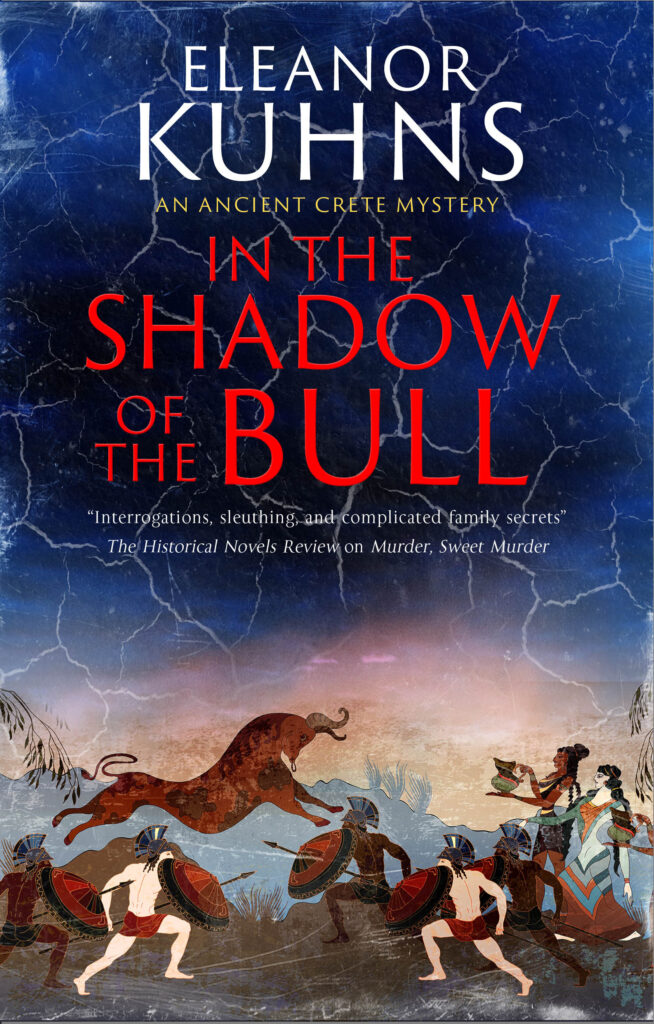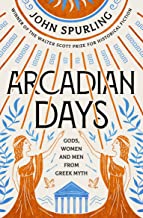One of the challenges of writing historical fiction, especially historical fiction that takes place as long ago as Bronze Age Crete, is the difficulty of sorting through the various myths – and the various iterations of the myths. I’ve already discussed the conflation of Zeus and Dionysus in that they share an origin story. When the tribes of mainland Greece swept over Crete after the Santorini volcanic eruption, they adopted much of the Cretan culture. Then they adapted what they’d taken to suit themselves.
Since we are familiar with the Classical Greek myths, so familiar in some case we have internalized them, we think of them as the ‘correct’ stories. Dionysus’s origin story, which became Zeus’s, is one such.
The outlines of Zeus’s story are this. Since it was predicted that one of Cronus’ children would kill him and take his position, he swallowed all of his children as soon as they were born. To protect Zeus, his mother Rhea wrapped a stone in a swaddling cloth (which Cronus swallowed) and the baby was hidden in a cave in Mt. Ida.
In the Cretan myth, it is Dionysus that is hidden in the cave. Each was described as suckled by either a nanny goat or a sow. To hide the baby’s cries, Kouretes made noise.
Who are the Kouretes? If you google the name, they are described as crested, armored warriors who clash their shields together so Cronus can’t hear the baby crying.
But this is not the whole story. According to an earlier myth, the Curetes were the first inhabitants of the Greek island of Crete. They were mythical creatures, specifically legendary benign deities who lived prior to the Minoans. According to an early Greek myth, the Kouretes were not born. They sprang out of the earth of Crete when the infant Zeus wept and his tears fell on the ground.
In this version, they made a hanging cradle for Zeus so he was not of the Earth, the sky, or the sea. He was therefore well protected from Cronus.
Because these are myths, and all things are possible, the Kouretes are supposed to have invented hunting, the first bow, dance, and even the Olympic Games.

